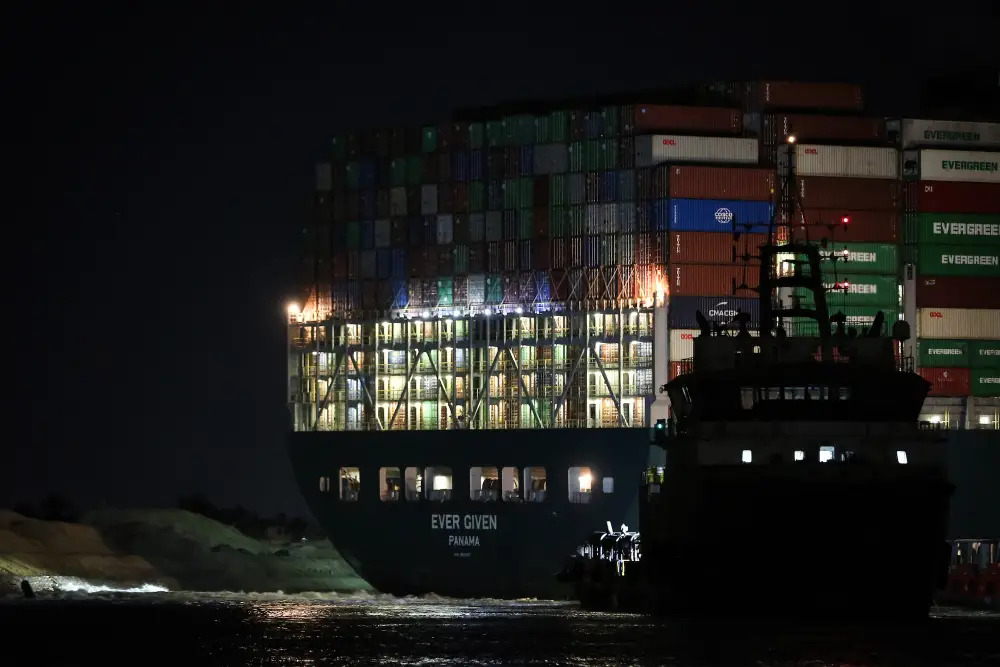The Cost Of The Suez Situation
After over a week of attempts at dislodging the cargo ship Ever Given, the Suez Canal has reopened for business. On Tuesday, March 23rd the quarter of a mile long container ship became lodged on opposite sides of the canal which was originally attributed to high winds from a local sandstorm but later, human factors were also cited as a potential cause by the chairman of Egypt’s Suez Canal Authority. Eight days later on Monday, March 29th the ship was able to be moved from its’ position.
After many days of struggling, what was the factor that finally caused the shift? Groups of dredgers and tugboats had been making countless attempts to budge the ship without avail until the tides quite literally turned for the better. Workers were helped along by the full moon which draws in the spring tide, also known as the king tide, in which the highs and lows of the water were more extreme and allowed for increased mobility of the ship. This higher than normal level of water was the necessary ingredient to freeing the ship.
The Suez Canal is a necessary aspect of global trade. As one of the world’s most important shipping waterways, it allows the passage of almost 19,000 vessels every year. The canal is crucial to global trade due to its’ location. It connects European waters with the Arabian Sea, Indian Ocean, and other Asian countries. Without it, shippers would have to travel around the entire perimeter of Africa to transport goods by water. This time saved due to the creation of the canal is something we have enjoyed and relied upon since 1869. This past week proved especially difficult as we haven’t experienced a closure of the canal like this in a long period of time. The effects of the incident might not seem immediate or even pertinent to those overseas. But with such an integrated global economy, when one sector feels strain it is likely that it will be felt in other areas too.
There were and still are almost 360 ships with various cargo such as oil and cars waiting to pass with 300 more en route at the start of the past week. With fears of lost revenue and unhappy customers on one end, shippers also had to account for piracy in the region and subsequently upped their security to ensure the protection of their crew and cargo. The entire issue took the minds of people across the world to think of a viable solution to once again resume trade. Now that we have been able to mitigate the issue and begun to clear the sinuses of the Suez Canal, it is back to business as usual.
-Azaan Moledina

Comments are closed